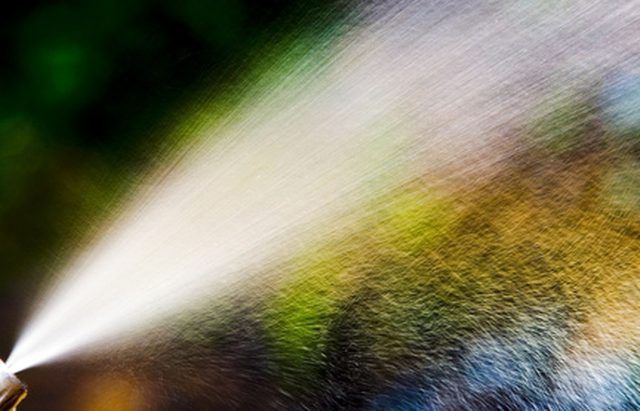Bulbs
Flower Basics
Flower Beds & Specialty Gardens
Flower Garden
Garden Furniture
Garden Gnomes
Garden Seeds
Garden Sheds
Garden Statues
Garden Tools & Supplies
Gardening Basics
Green & Organic
Groundcovers & Vines
Growing Annuals
Growing Basil
Growing Beans
Growing Berries
Growing Blueberries
Growing Cactus
Growing Corn
Growing Cotton
Growing Edibles
Growing Flowers
Growing Garlic
Growing Grapes
Growing Grass
Growing Herbs
Growing Jasmine
Growing Mint
Growing Mushrooms
Orchids
Growing Peanuts
Growing Perennials
Growing Plants
Growing Rosemary
Growing Roses
Growing Strawberries
Growing Sunflowers
Growing Thyme
Growing Tomatoes
Growing Tulips
Growing Vegetables
Herb Basics
Herb Garden
Indoor Growing
Landscaping Basics
Landscaping Patios
Landscaping Plants
Landscaping Shrubs
Landscaping Trees
Landscaping Walks & Pathways
Lawn Basics
Lawn Maintenance
Lawn Mowers
Lawn Ornaments
Lawn Planting
Lawn Tools
Outdoor Growing
Overall Landscape Planning
Pests, Weeds & Problems
Plant Basics
Rock Garden
Rose Garden
Shrubs
Soil
Specialty Gardens
Trees
Vegetable Garden
Yard Maintenance
How to Pump a Garden Pressure Sprayer
How to Pump a Garden Pressure Sprayer. Most garden pressure sprayers rely on a pump action that compresses the air and liquid until it is released through the spray nozzle. These sprayers can range in capacity from 0.5 to 5 gallons and can be handheld or constructed as a backpack. The high interior pressures are contained with a tight sealing lid...

Most garden pressure sprayers rely on a pump action that compresses the air and liquid until it is released through the spray nozzle. These sprayers can range in capacity from 0.5 to 5 gallons and can be handheld or constructed as a backpack. The high interior pressures are contained with a tight sealing lid and strong bottle, and are controlled with a high quality delivery tip and hose.
Things You'll Need
Spray liquid
Pressure sprayer
Safety goggles
Wear safety goggles to prevent the material from spraying into your eyes. Safety equipment is most important when working with any pressure sprayer. Fluid can be forced in many directions at high velocity.
Mix spray material if needed. Some herbicides and fertilizers are sold as concentrates that must be mixed with water to prevent unwanted results. Follow all directions as stated on the product label.
Add the liquid to the container and close the lid tightly. Screw clockwise until the seal makes positive contact with the lip of the sprayer and hand tighten. Some models require a gasket, between the lid and sprayer, to be oiled to maintain an airtight seal.
Push the pump handle down and gently twist counter clockwise, being careful not to unscrew the lid. This will allow you to pull the handle up through its full range of motion.
Each downward push of the handle increases the pressure in the canister. One push from top to bottom will force air into the container, where it will remain. Pulling back up on the handle does not allow air pressure to escape the sprayer.
A full sprayer requires fewer pumps to reach optimum pressure because there is less air in the container to compress. When full, containers need 5 to 20 pumps to reach spraying pressure. Never strain to pump a pressure sprayer, they are not designed to hold abnormally high pressure.
Twist the handle clockwise to lock it in place while spraying. The handle doubles as a carry handle on most models. Do not carry the sprayer by the handle when it is fully extended, which can damage the pump assembly.
Clean all components of the sprayer when finished. Store in a dark, dry place to extend the life of your tool.
Tips & Warnings
Set the sprayer on the ground when pumping.
Never over-pump a pressure sprayer as they can explode. Always wear safety goggles to prevent eye damage.